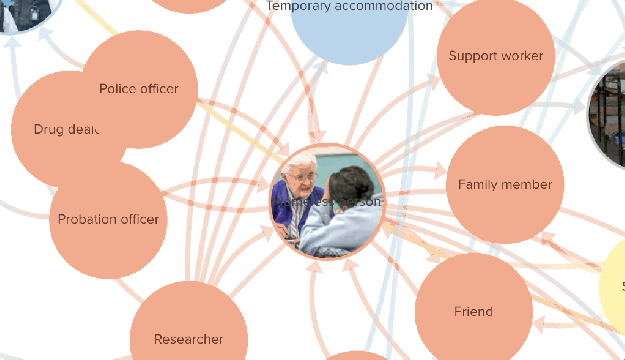
By starting from one person you can start to identify the different parts of the systems that affect your topic — and useful story leads and ideas
For the last couple of weeks I’ve been helping students on my MA in Multiplatform and Mobile Journalism and MA in Data Journalism come up with story ideas for specialist reporting and investigations. Part of the process involves an exercise around scoping out a particular subject or system you are interested in — for example, the housing system, or ‘dark kitchens’, the Oscars, or air pollution — and identifying the gaps in your knowledge that can lead to stories.
It’s an exercise where empathy plays a central role.
Here’s how the process works — and why empathy is so important to it. Continue reading

